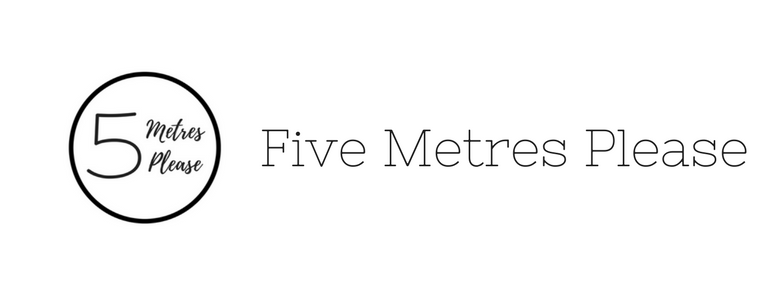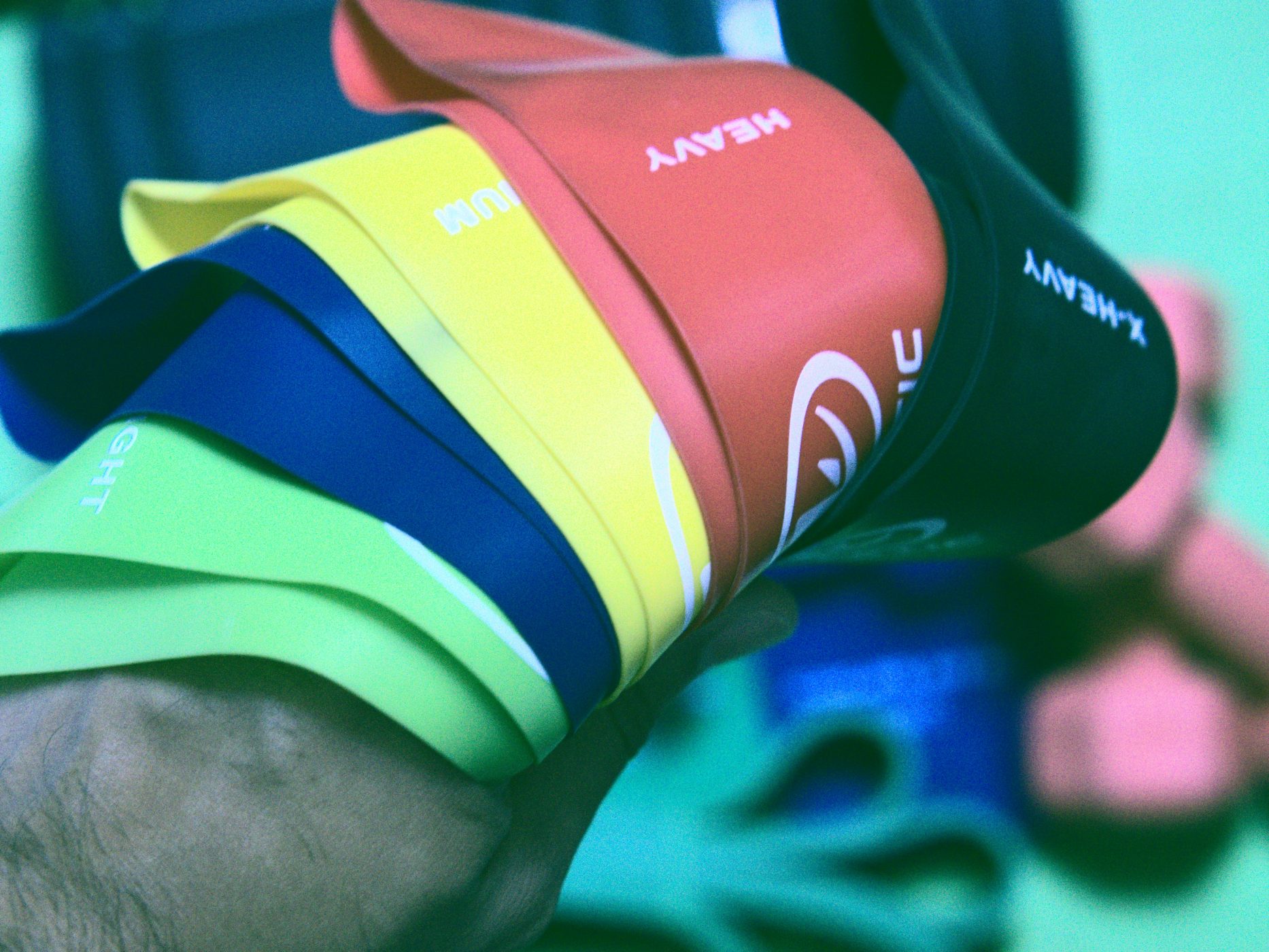The Video Umpire
Ahhhhh, I dream of the day I can draw that imaginary box that draws down the aid of your friend who is the “eyes in the sky”… granted, it comes with the caveat of the fact that players are pretty sure you got something wrong, but I’ll take it! I mean honestly, who hasn’t been in a situation (or two) where they couldn’t have used the help of slow-mo replay x1000 at multiple angles… amiright?
The video umpire process has long fascinated me. I think it’s one of the great innovations in sports technology and I really think that hockey has got the process right. I think we use the video umpire in the right way, for the right things and it really adds to the game at the top level. I can’t tell you how many times I’ve umpired a local level game and wished I could “phone a friend” up in the grandstand to get a second opinion/replay from a better angle!
But, I’ve always wondered what actually happened between the teams asking for a video referral and when the decision comes back down from the video umpire (VU). I mean, we get a taster on TV of what they’re looking for/at, but you never get to see all the magic that really happens behind-the-scenes…
Well wonder no more! I’ve call in the big guns to explain it all. To draw back the curtain and take us on a magical BTS tour of the video umpire process. I’ve called in FIH video umpire coach Carol Metchette!
Carol has had an extensive career at the top end of international officiating – a run down of her CV in a nutshell includes: Umpire (2008 and 2012 Olympics and 2010 World Cup), Video Umpire (2014 World Cup, 2016 Olympics), Video Umpire Coach (2018 Women’s AND Men’s World Cups plus women’s Champions Trophy) and she is soon to add the title of Umpire Manager to the list!

Video Umpiring and Video Referrals
Firstly, can you explain ‘the basics’ of the video referral system?

Video referrals are used to prevent major errors deciding the outcome of a game. There are two types of referrals – an Umpire referral and a Team referral. Any referral has to be looking for an incident inside the 23.
An umpire can decide to refer a goal/no goal or a PS/no PS incident. There is no limit on the number of these during a game.
Each team has one referral per game and if they win it, they keep it. If they got it wrong, then they lose their right to refer for the rest of the game. For this reason they are very careful about when they use it. Any team player can show the T signal to the umpire to demonstrate they want to use their referral. Coaching players to call for referrals in the right circumstances is now an important element of a teams preparations. Team referrals can be used for PC/PS/goal decisions or not.
There is one video umpire (VU) in the box and they sit with a TV director. The VU makes a decision alone, not like other sports where we sometimes see 4 debating the decision.
Embed from Getty ImagesHow has the video referral process evolved since it was first introduced?
VU has changed a lot over the years. It started in hockey in 2006 at the Champions Trophy in the Netherlands. At first there was only Umpire Referrals and it was very limited with only 3 questions allowed.
- Did the ball go outside the circle from a corner
- was the ball legally touched inside the circle
- did the whole ball cross the goal line
The outcome wasn’t always correct because the VU was not allowed say they saw another foul so the FIH quickly realised this had to change.
Team referrals were also introduced. At one stage referrals were not limited to the 23 areas, but could be asked for anywhere on the pitch. Technology is always improving, they have been key to the successful implementation of video referrals. There are a lot more cameras at events now and therefore more angles for a VU to look at – super slow-motion cameras, goal line cameras, Spidercams, etc.
Hawkeye have been looking at ball tracking, like they have in cricket, so it would be great to see that come into hockey.

What happens up in the VU box?
Talk us through the magic that happens in between a team making a T signal (or an umpire referring) to when the Video Umpire comes back with a decision.
The set up is not always the same at every tournament, sometimes the VU will be in a truck and sometimes in an office overlooking the pitch. The latter is my preference by far, the VU can see the full pitch and scan players, positions of players and predict possible referrals that might happen when they can see the whole pitch. For example a defender not being 5 metres from a FH around the circle, the VU can predict if they make a tackle a referral could come looking for a PC if the pitch umpire doesn’t give it.
When the T signal comes from the team on the pitch, the umpire will stop the play and the team will inform the umpire what they are looking for. Usually they are unhappy with the last decision/non decision. The on-field umpire will make the TV signal and a T to show everyone a team referral is happening. They will then relay the question to the VU, although they can usually hear what is happening through the radio. The VU will inform the TV director what they are looking for. The director finds the ‘incident’ and shows as many angles as the VU needs to make their decision.

Once a decision has been made, the VU informs the pitch umpire what the outcome is, how to restart the game and whether the team keeps or loses their referral. Occasionally there will be no advice possible, but this doesn’t happen too often. This might be because the ball is not in the footage or players are in front of the incident, footage is blurred etc. Hawkeye are fantastic, they are always working hard to get the VUs the different and best angles they require to make their decision.
As the on-field umpire, what is it like to have a decision referred? What can umpires do to prepare for/handle the mental side of the video referral process?
Hockey is such a fast moving game now so it’s difficult to see everything on the pitch. Umpires know this and realise referrals are a huge part of the game these days. Umpires want the correct decisions to be made and especially the game changing ones.
Umpires work hard on all aspects of the game and staying calm under stress is vital.

It can be difficult being on the pitch and knowing you have got the decision wrong. There is a concern that the use of video referrals can undermine an umpire particularly if the decisions continually go against them but with experience they realise that it is good for the game to have such a transparent system. When the correct decision comes down from the VU the umpire has to make a quick assessment of why that happened. If it something they can change like anticipation or positioning they will put that into action straight away. It’s always good as an umpire when you have got it right on the pitch!
As the video umpire, what is it like to have a decision referred? What can VUs do to prepare for/handle the mental side of making video referral decisions?
Everybody thinks being a VU is an easy job… don’t you get to see everything as many times as you like and see lots of different angles?! I can tell you it’s not always easy. Some decisions are easy and the answer will come down to the pitch very quickly. Others are not so easy, like the interpretations and these can take longer. If a referral takes a long time then players, coaches and spectators get restless and the rhythm of the game is interrupted.

A VU will also look for any incident that might change the outcome to the decision, not always just what question they have been asked. It’s important as a VU to stay calm during the process. Look at what you are being presented with, what is fair to the players on the pitch. It is always big decisions a VU has to decide on as its only for PCs, PSs and goals. Your heart can skip a few beats at times deciding whether to deny an important goal or not! It can be a tiring job mentally too as a VU will be umpiring the whole game in the box so that they have a feel for the game. They don’t just switch on when they are called upon.
Part of umpires’ preparation these days would be on the mental side. How to stay calm under pressure, making correct decisions. Looking at previous referrals, video clips etc.
As a VU Coach, how do you help people learn and develop as a video umpire? What do you discuss in pre-tournament briefs and post-game debriefs?
As VUC I would have a pre-tournament briefing with the umpires. We go through the VU process and protocol and discuss how as an umpire team of 4 they can work together. Go through lots of scenarios and how they will deal with them. We will have already looked at various videos and clips on a Facebook page for the few months prior to the tournament.
For the on-field umpires, as the tournament progresses I would look at the referrals each pitch umpire has and work out if there were reasons they might have missed certain situations. I would work out where they were on the pitch and where the incident took place, maybe they were in a bad position or possibly players moved in front of them at the vital second and there was nothing they could do to prevent the referral happening. Was it an interpretation or could their colleague have helped? It’s also great to see when they have had decisions referred and they got the decision correct! We would also look at body language and how to stay calm during the process, and whether they followed the protocol set by the FIH.
For when umpires are in the video box, obviously we would look at what decision was made and how they came about this. Whether they looked at the whole picture, the speed they reached their decision, and also whether they followed the FIH protocol.

So, there you have it folks! A magical behind-the-scenes insight into the mysterious world of the video umpire! Thanks so much to Carol for sharing her insights into the Video Umpire and referral process and letting us tap in to her vast amounts of experience and knowledge!
If you think other people might find this useful, please share it around through social media or by using the buttons below 🙂 Sign up for the newsletter to get new posts delivered straight to your inbox, and follow me on Facebook and Instagram for extra tips, tricks and behind the scenes banter!
If you’d like more, check out this video that was put together by Judy Williams and Richard Herlihy about Carol’s role as a video umpire…




You must be logged in to post a comment.